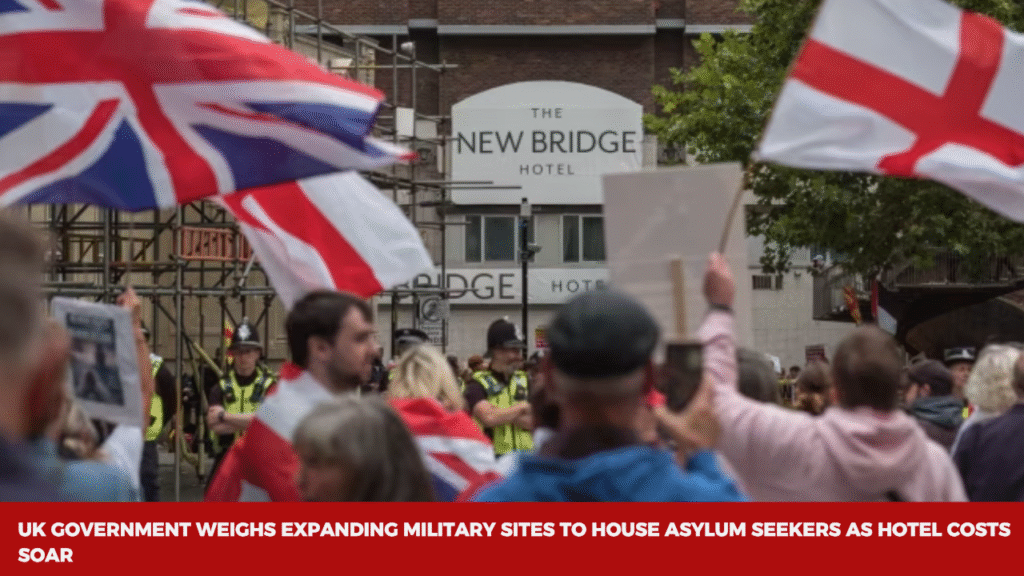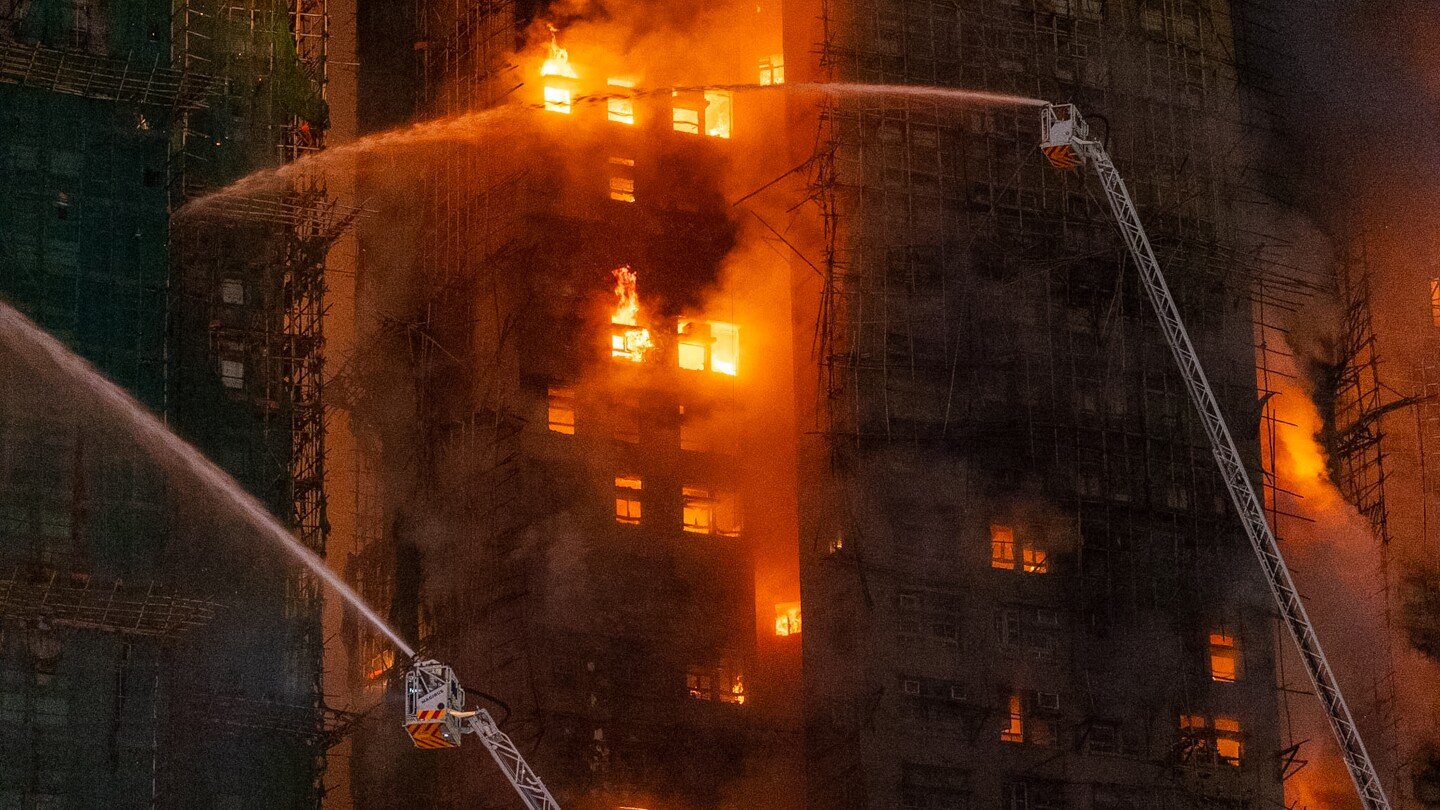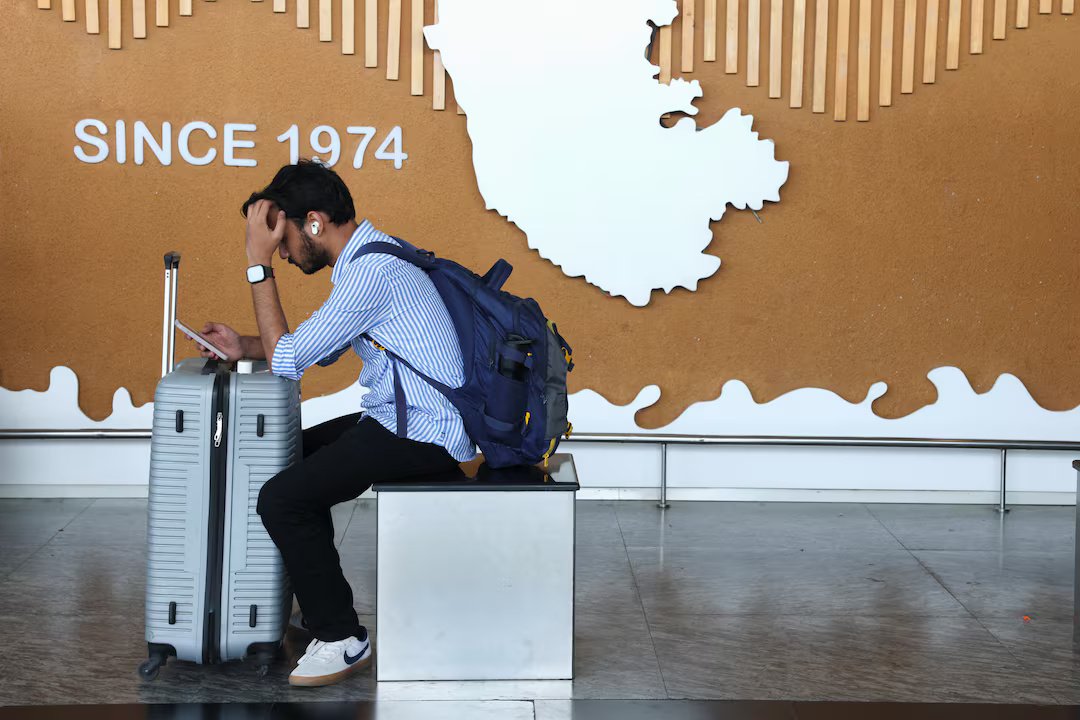Bykajal Newstic Politics Desk
A Housing Crisis the UK Can No Longer Ignore
The UK’s asylum system is under extraordinary pressure. More than 32,000 asylum seekers UK are currently housed in hotels—an expensive stopgap that has become politically toxic and socially divisive. What was once a temporary response during the pandemic has turned into an entrenched practice, with the Home Office now spending an estimated £108 million every month on hotel accommodation.
As those costs spiral, ministers are looking elsewhere for answers. According to Defence Secretary John Healey, the government is weighing the use of military sites for asylum seekers—a controversial move that could reshape the debate over Britain’s immigration system.
Military Bases: From Barracks to Beds?
Defence Secretary John Healey has admitted what many had suspected: the government is now actively studying whether disused army bases and RAF sites can be converted into temporary housing for asylum seekers. Planners from the Ministry of Defence have been loaned to the Home Office, tasked with mapping which sites could take people, what upgrades they’d need, and how quickly they could be readied.
This marks a dramatic shift. Former military sites such as Napier Barracks in Kent—long a flashpoint in asylum debates—and RAF Wethersfield asylum housing in Essex are once again being discussed as alternatives to hotels.
Left: Beijing's Bird's Nest Stadium, costing $460 million, has worked for 16 years, large-scale events held almost every week, $400,000 rent per day, paid for itself long ago.
— ShanghaiPanda ( Account deactivation) (@thinking_panda) September 12, 2024
Right: the US military's temporary dock in Gaza, costing $320 million, worked 1 week, was dismantled. pic.twitter.com/mqcnp8pujI
Why Hotels Have Become Unsustainable
The hotel system, born out of necessity during the pandemic, has become a running sore. At its peak in 2023, more than 56,000 people were crammed into budget hotels across the country. Today that number still sits at around 32,000, roughly a third of all asylum seekers supported by the state. For some towns, it means one in five hotel beds is now taken up not by tourists, but by families waiting on immigration decisions.
That reliance has proved costly and politically fraught. Local councils complain of being overburdened, while communities near hotels have seen tensions flare. In Epping, Essex, violent protests broke out outside the Bell Hotel after a high-profile arrest. Similar flashpoints have been recorded in other towns.
Critics say housing vulnerable families in hotels is neither humane nor sustainable. Advocates highlight issues ranging from overcrowding and poor nutrition to mental health strain. As one refugee told the Guardian, “It feels like prison with wallpaper.”
Political Stakes for Labour
For Prime Minister Keir Starmer, the housing crisis is a political minefield. His party campaigned on restoring order to asylum policy, but the sight of thousands still living in hotels has left Labour exposed to critics on both the right and the left. Starmer has pledged to “end hotel dependency by 2029,” yet with public protests mounting and Reform UK exploiting voter anger, pressure is building to act much faster.
The appointment of Shabana Mahmood as Home Secretary was widely seen as a sign of Labour’s intent to toughen its approach. Yet the Labour asylum policy UK also faces scrutiny from within the party, with critics warning that military-style sites risk further stigmatizing asylum seekers.
But Military Sites Come at a Cost
Yet military sites may not be the quick fix ministers hope for. A damning report from the National Audit Office last year showed that one converted base cost nearly £50 million to refurbish—ten times the estimate—and still housed fewer than 400 people. Critics warn that unless costs are brought under control, the move could end up being more expensive than the very hotels ministers are so keen to abandon.
Exploring Alternatives
The government is also exploring other housing models:
- Prefabricated housing for migrants: Modular units that can be deployed quickly, though rights groups caution against creating “migrant villages” on the margins of towns.
- Community hosting: The charity Refugees at Home has placed more than 6,800 people with British families, offering a more humane and cost-effective solution.
- Faster processing: The Refugee Council argues the real fix lies in clearing the backlog of asylum claims, which reached more than 111,000 new applications in the year to June 2025.
A new Labour asylum housing strategy 2025 is due later this year, promising to “move decisively away from hotels.” Early drafts hint at prefabricated housing, community-based placements, and stricter time limits on hotel use. But campaigners argue that unless the asylum backlog itself is cleared, even the best housing plan will remain a sticking-plaster solution.

By the Numbers
- Asylum seekers supported in the UK: ~106,000
- Living in hotels: ~32,000 (30%)
- Monthly cost of hotels: £108 million
- New asylum claims (year ending June 2025): ~111,100
- Refugees hosted by families via charity schemes: 6,800+
(Sources: Home Office, Reuters, Guardian, Refugee Council)
Voices from the Ground
Local councils have been some of the fiercest critics. “We weren’t consulted before hotels were filled,” said a council leader in Kent. “Residents feel blindsided, and services are stretched.”
Humanitarian groups, meanwhile, warn against militarisation. “Asylum seekers are not prisoners of war,” said Enver Solomon, head of the Refugee Council. “They are people fleeing persecution. Housing them in barracks sends the wrong message about Britain’s values.”
Defence voices are wary too. A retired army officer noted: “These sites were never built for long-term civilian housing. Converting them risks massive costs and morale issues for the military.”
What Comes Next
The government insists it is determined to restore order to the asylum system. A new Labour asylum housing strategy 2025 is expected later this year, outlining a phased move away from hotels. Prefabricated housing, military sites, and community placements are all on the table.
But the question remains: will any of these options fix the deeper issues? Britain’s asylum system faces a backlog, under-resourced staff, and political divides that run deeper than housing stock.
Q1. Why is the UK using hotels for asylum seekers?
Hotels became a fallback during the pandemic when dispersal housing ran out. They remain a stopgap, but costs have soared to £108m monthly.
Q2. How many asylum seekers are in UK hotels in 2025?
As of mid-2025, about 32,000 asylum seekers—roughly a third of those supported—are in hotels across the UK.
Q3. What military sites could house asylum seekers?
Sites under discussion include Napier Barracks in Kent and RAF Wethersfield in Essex, though conversion costs are a concern.
Q4. What alternatives are being explored to hotels?
The government is looking at prefabricated housing, community hosting schemes, and accelerating asylum case processing.
Q5. What is Labour’s asylum housing strategy for 2025?
Labour’s upcoming asylum housing strategy 2025 promises to move away from hotels by expanding alternatives and clearing backlogs.
Conclusion
The debate over asylum seekers UK is no longer just about where to house people—it’s about how the country defines fairness, compassion, and responsibility.
Hotels are unsustainable, but military sites may prove just as costly and controversial. Prefabs and community hosting hold promise, but scale remains limited.
As ministers weigh their options, one thing is clear: the cost of housing asylum seekers in UK hotels has become the catalyst for a broader reckoning. The choices made in 2025—whether to expand military sites, embrace prefabs, or overhaul the system entirely—will shape not just the asylum process, but Britain’s identity in the eyes of the world.















